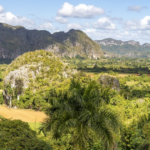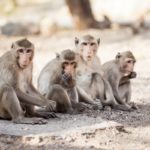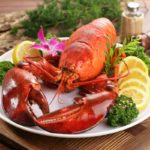Before we start, it is important to say that whilst it might seem probable that there are indeed primates in Cuba, any that are there are not indigenous to the country.
Whilst there are extinct species, such as the genus paralouatta, whose remains were found near the Pinar Del Rio Province of Cuba, there are no indigenous species of monkeys or apes which call the island their home.
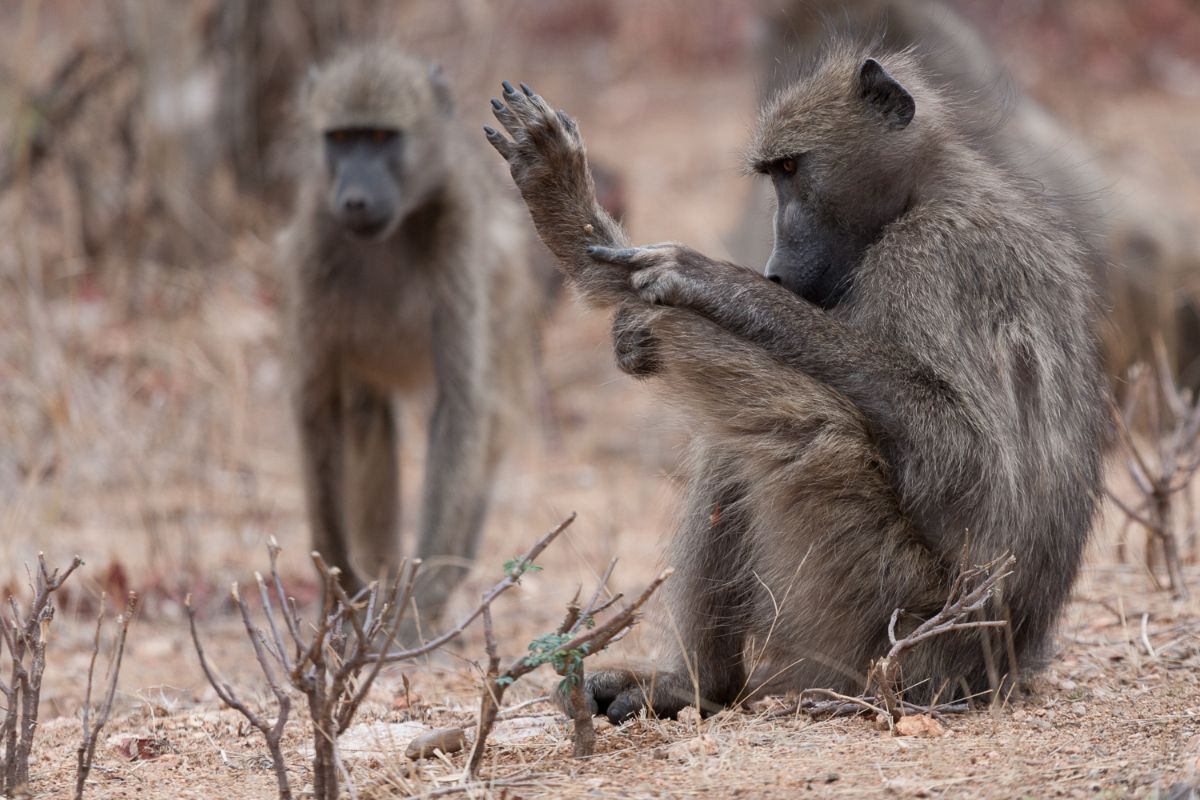
Monkeys In The Americas
Whilst there are now several species of monkeys throughout the Caribbean and South America, it may be surprising to know that they were not initially from that part of the world.
The presence of monkeys and apes in the Caribbean and South America are due to a distinct line of primates which colonized the new world around 40,000 years ago.
This is where we get onto the terms “New World Monkey” and “Old World Monkey”.
Old World Monkeys
Originating in Africa, the old world monkeys, ancestors of modern monkeys and apes, are thought to have traveled to the “New World” on large land masses of floating vegetation and flora, something that, whilst obviously not a conscious choice on their part, led to the remains of ancient African primates being found in Peru and the surrounding countries.
New World Monkeys
This line of monkeys and apes which colonized the new world, became known as new world monkeys.
These are distinctly different from their old world counterparts, in that they possess prehensile tails, flattened noses, sideways nostrils, and with lower intelligence, emotional range, and sociability.
Within South America, Central America, and Mexico, these new world monkeys can be separated into five distinct families of primates:
- Callitrichidae – marmosets, tamarins, lion tamarins etc.
- Cebidae – Capuchin and squirrel monkeys.
- Aotidae – 11 species of “night monkeys”.
- Pitheciidae – Titis, saki monkeys, and uakaris.
- Atelidae – Howler monkey, spider monkey, wooly monkey etc.
Modern Monkeys
Whilst there are no naturally occurring species of primates in Cuba, many attempts have been made to establish them over the years – either through concentrated attempts, or through their introduction as pets and cargo brought by various traders, colonizers, or invasive forces like the Spanish in the 15th century.
However, discounting zoos and other rescue centers, there are only two main species of primate which are prevalent and (now) naturally occurring in the Caribbean – vervet monkeys, and green monkeys.
Vervet Monkeys
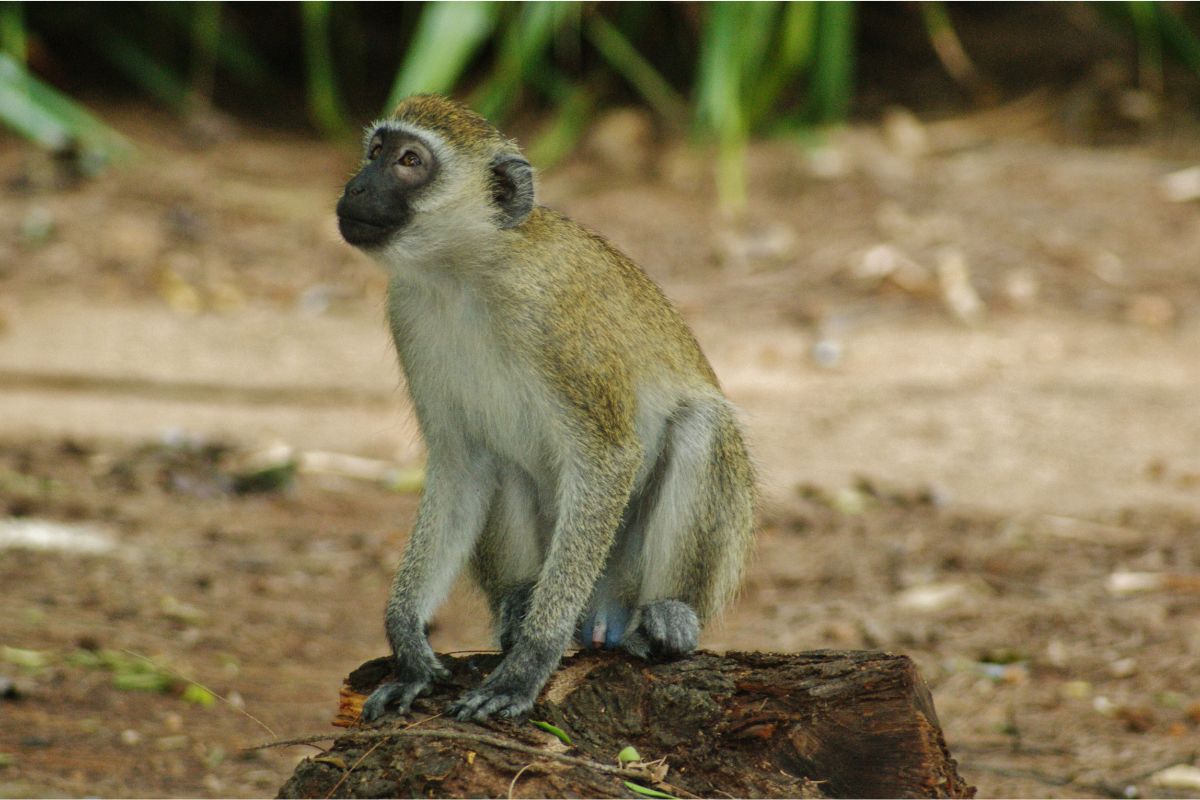
Whilst found mainly in Cape Verde and other parts of South Africa, vervet monkeys were successfully naturalized on the island country of St. Kitts and Nevis in the West Indies, a series of islands located southeast of Cuba.
Personality Traits
Widely noted as having human-like qualities, vervet monkeys are widely used in research to understand the way humans interact with, and react to, the world around them.
Capable of experiencing hypertension, anxiety, and both a social and dependent relationship with alcohol, vervets generally live in groups of 10-70 monkeys, with adult males moving to form other groups when they reach sexual maturity.
Physical Appearance
Similar to the Gray Langur species of monkey in appearance, with fur of gray-black fur, white trims around the face, and orange-brown forward-facing eyes.
As a species they are prone to sexual dimorphism, wherein the different sexes display different sexual characteristics – such as a longer, larger body dimension in males, and a blue-gray scrotum.
Average males can reach lengths of 24 inches long, and achieve maximum weights of around 12 pounds, whilst females can reach 18.5 inches long, and achieve a maximum weight of roughly 11.7 pounds.
Social Behavior
As mentioned, vervet monkeys have been known to resemble humans in terms of their social practices.
When mature males move to another group, usually with a brother or friend for protection, they can sometimes be met with resistance and anger from other dominant males and females in the group.
Similar to humans however, if the group has a lot of equally transplanted male monkeys, they will generally be more amenable and sympathetic.
Each sex also has distinct dominance hierarchies, with the masculine hierarchy based on age, fighting skill, length of time in the group, and their associated allies, whilst feminine hierarchies are focused around on their social status as maternal creatures.
Whilst most interactions between monkeys generally involve them staying in their own established social groups, observations have been made of monkeys offering to groom high ranking monkeys for acceptance and access to food, as well as indications that personal recognition, and social climbing are prevalent in their world.
Strangely, these monkeys have also been seen to use spite, something that is incredibly rare and unbeneficial in the animal kingdom.
Often, scorned monkeys will destroy a rival monkey’s food supply, instead of actually eating it themselves.
Diet
Vervet monkeys live on a diet of berries, fruits, seeds, and figs, as well as consuming fermented fruit, which has an alcoholic effect on them – something they use as a recreational substance, as well as for emotional dependence.
Green Monkeys
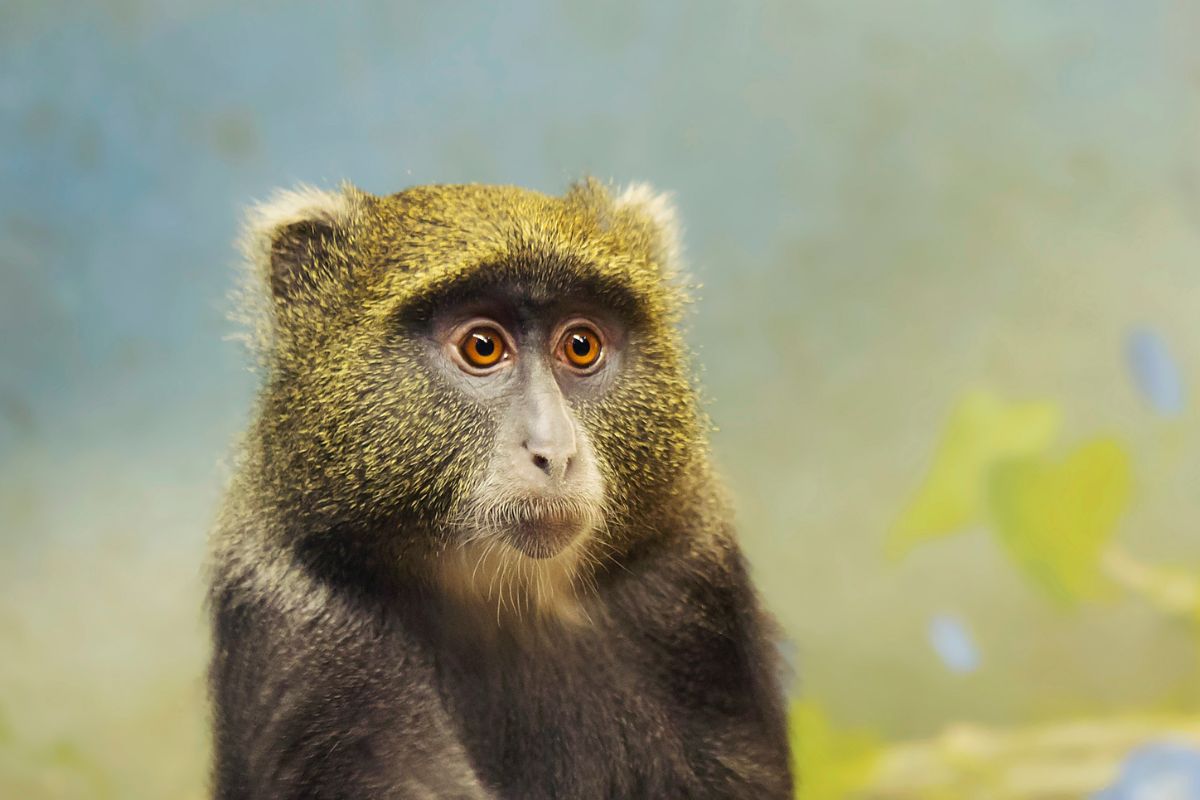
Another species found on St Kitts and Nevis, Barbados, and Saint Martin, are the green monkeys.
Physical Appearance
With golden-green fur, and pale hands and feet, green monkeys are a sexually dimorphic species, with specific sexual characteristcs.
Males are typically larger than females, although not by much, and as well as having a recognizable pale blue scrotum, they can reach lengths of 1.97 feet, and achieve maximum weights of around 17.6 pounds.
Females usually reach lengths of 1.624 feet, and reach maximum weights of around 11.7 pounds.
Social Behavior
Highly social creatures, often seen in large groups, green monkeys can have social groups of around 80 individual monkeys, where social hierarchies and respect are displayed.
Hierarchies can be seen in their grooming displays, both in terms of the best groomed monkeys attracting the most mates, and also in the way lesser monkeys groom monkeys who are viewed as hierarchically dominant.
This is also seen in the way the genders treat and behave around one another.
Dominance can also be established by exposing and displaying their brightly colored, distinctive genitalia at one another to show they are either worthy, worth chasing, or that they are hierarchically significant.
Able to communicate both verbally and non-verbally, green monkeys have distinct calls to warn their friends and families about predators and threats, and body language such as displaying their brightly colored genitals (again) is a commonly used sign that danger is close by.
They have also been shown to be intelligent and emotional, using widely expressive facial expressions to communicate their emotional state to peers and family members.
Diet
Observing an omnivorous diet, they mainly eat the crabs found near their coastal habitat, as well as small invertebrates, fruit, seeds, and plants.
Final Thoughts
And there we have it, everything you need to know about the distribution of monkeys throughout the Caribbean.
Whilst none occur naturally on Cuba for many reasons, the several islands nearby are littered with vervet and green monkeys which have made the land their own, despite their surprising African origins.
- What Is The Largest Island In Cuba? - September 19, 2022
- Havana – Why Is It Cuba’s Most Exciting City? - September 19, 2022
- Cheapest Time To Visit Cuba (Ultimate Guide) - September 19, 2022

